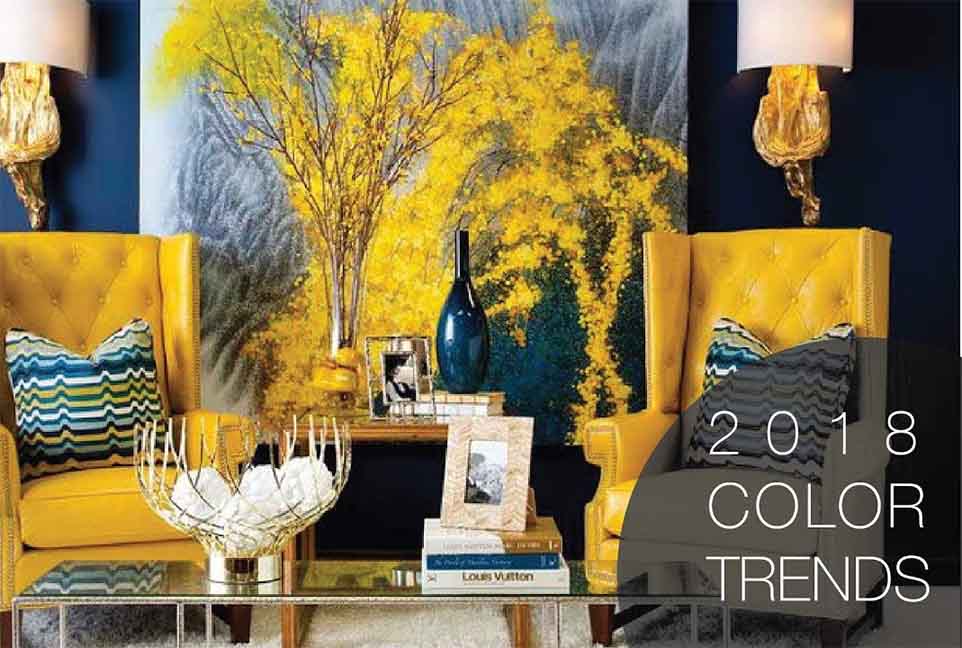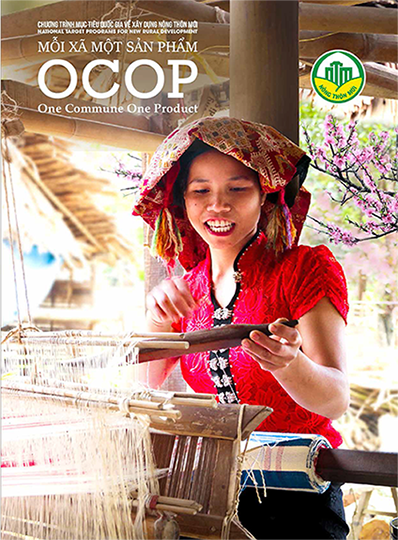Trend forecast is not about creating something new. It is the observation of what already exists and the interpretation of people’s behaviour and moods. It tries to anticipate the future needs of consumers - what will people want? how will they want to live? what will be important to them? Trend forecaster tends to create inflationary slogans every season to describe the latest trends. Don’t get too much impressed by slogans like “urban jungle”, “retro future”, “techno folk” or “dark poetry”. It’s a slang, using catchphrazes to describe a source of inspiration.
Only few big influential companies are able to set new trends and infl uence the market in a certain direction. Take the example of Apple: they have set new standards in the electronic industry with the introduction of the Macintosh, the i-pod, the i-phone and the i-pad. Although there are many providers of smart phones on the market, everyone wants to have the new i-phone because of its aesthetic, because it is cool and so are you if you own it.
For all other companies, trends are a tool to understand the needs of their customers. They give you a framework within which designers / companies can work, without having to follow each trend by the book. Following the fl ow reduces the risk of bringing a product on the market for which there is no demand but on the other hand it increases the competitiveness between the providers.
Some trends evolve much slower and last longer, they reflect the values of a global society and have an impact on all aspects of life. They last on average 30 years and can take backlashes and crosscurrents. In that case we talk about Megatrends. Some trends are short-lived and subject to moods and fashions. They last a season, sometimes one or two years and then lose popularity. They are more of a marketing construct, creating a need for a product that one does not necessarily require but would be nice to have because everyone else wants to have it at a particular time. They are called Microtrends.
Some typical Megatrends are: Health / Wellness, Sustainability, Global vs. Local, Mobility / Flexibility, Aging society, Safety / control and Individualisation.
Microtrends: Style trends in general are not of a long duration. Colour schemes change from season to season and patterns or shapes will not last more than 1-2 years. It is important to understand that there is not just one trend but there are various trends evolving within each style (contemporary design, retro/vintage, ethnic, country, etc.). Beauty is in the eye of the beholder so it would be a mistake to assume that every trend is endorsed by every consumer. Every trend has literally its own anti-trend.
Buyers and consumers alike have grown accustomed to be shown new products at short intervals, reducing the life-time of a product to a few months. An end-consumer wants to have a new experience every time he enters a retail shop. For this reason, the retailer needs to redecorate his shop on a regular base and make sure to have new things on display, when his client returns. Even if a product is fast-selling, the retailer might not want to take the risk of reordering it again and will prefer to source new eye-catchers. An unhealthy dynamic has developed, reducing the product lifecycle. The Home Decoration sector has adjusted over the years to the fashion industry and it is most common that companies in this field bring out two collections a year: Spring/Summer and Autumn/Winter. A collection is often built around a theme that makes the collection coherent and provides a sense of lifestyle. Lifestyle does not mean that all product categories must match in colour or pattern – the times when your wall paper had to match the curtains and bed linens are long gone. If you get your inspiration from a Japanese zen minimalism or from a Scandinavian 50’s design we’d expect to find this inspiration in each and every product of your collection.




